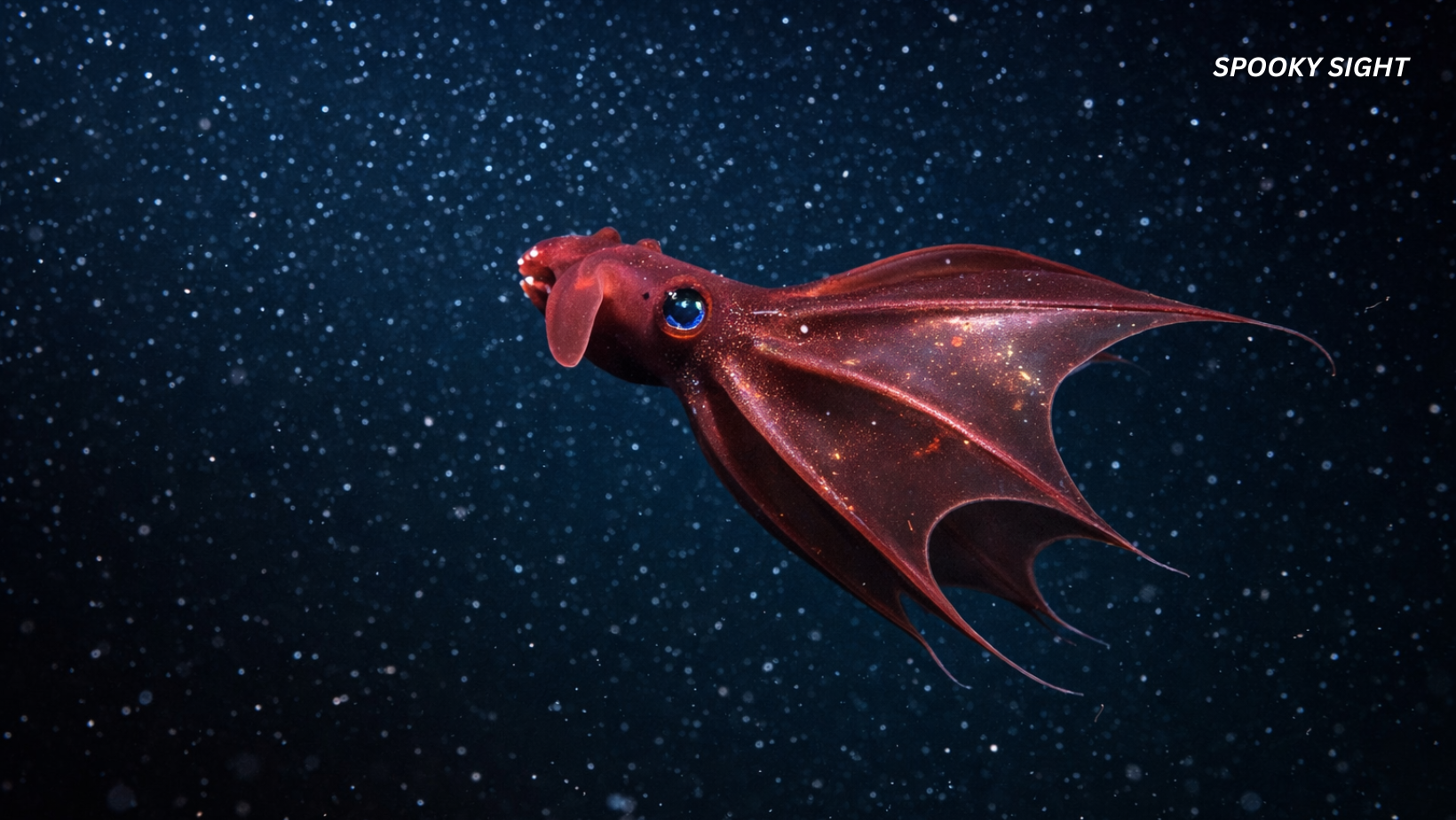Fear, in many ways, is an evolutionary gift. It has served as a survival mechanism, hardwired into the human brain to protect against threats, both real and perceived. Whether it’s the sudden thud of a dropped object or the scurry of a harmless spider, the instinctive fear response often kicks in before logic has a chance to intervene. Yet, what if the mind had the ability to unlearn such automatic reactions? What if, through experience and exposure, the brain could be taught to override its instinctual alarms?
A groundbreaking study conducted by neuroscientists has uncovered the specific regions in the brain that are responsible for taming these fear-based instincts at least in mice. Published in the prestigious journal Science, the research holds potential implications for humans, particularly those grappling with phobias, anxiety disorders, or post-traumatic stress disorder (PTSD).
Learning to Disregard Instinctive Fear
Dr. Sara Mederos, a neuroscientist at University College London’s Sainsbury Wellcome Center and the study’s lead author, emphasized the significance of the findings in an interview with the Washington Post. “We’ve uncovered the mechanism by which the brain—through experience—can understand which potential instinctive dangers are actually not a danger,” Mederos explained.
To explore this neural rewiring process, Mederos and her colleagues focused their research on mice, using a cleverly designed experiment involving a simulated predatory threat. A group of approximately 100 mice was repeatedly exposed to a looming shadow meant to mimic the presence of a bird a natural predator that typically triggers an instinctive fear reaction in rodents.
Initially, as expected, the mice responded with classic avoidance behavior: hiding and attempting to escape. But then the researchers introduced a subtle twist—they erected a transparent barrier that prevented the mice from fleeing the perceived threat. Over time, as the looming shadow continued to appear without causing harm, the mice began to realize that no danger was actually present. Eventually, they no longer attempted to hide or escape. Even when the barrier was removed, their calmness persisted, suggesting a deep-seated change in their perception of the once-feared stimulus.
Behavioral neuroscientist Christina Perry from Macquarie University in Australia, who was not involved in the study, praised the experiment’s straightforward design. “I like their behavioral model,” she told Nature News. “It’s very simple. The mice don’t get eaten, so they learn that this fake predator is not, in fact, a threat.”
Read more: The 4 Dangerous Qualities of “Dark Empaths”
Decoding the Brain’s Fear Modulation System
To understand what was happening inside the mice’s brains during this learning process, the researchers employed an advanced technique known as optogenetics. This approach allows scientists to manipulate specific neurons in real-time by using light to switch them on or off.
Using this method, the team was able to pinpoint two key regions involved in suppressing the fear response: the visual cortex and the ventrolateral geniculate nucleus (vLGN).
The involvement of the visual cortex was somewhat expected. It is a well-known region of the cerebral cortex responsible for processing visual information. In this context, it appeared to play a central role in helping the brain recognize that the shadow—while resembling a predator—was not actually dangerous. It was through repeated visual processing and feedback that the mice learned to remain calm in the presence of the looming image.
However, it was the discovery of the vLGN’s role that came as a true surprise. Traditionally, the vLGN has not been seen as a major player in learning and memory. Instead, it has been considered a mere relay station in the visual system, helping transmit signals from the eyes to the brain. Yet, in this study, it was revealed to store memories specifically related to learned fear suppression.
Dr. Sonja Hofer, another neuroscientist at the Sainsbury Wellcome Center who co-led the study, described the implications of this discovery in a statement. “Our results challenge traditional views about learning and memory,” she said. “The cerebral cortex has long been considered the brain’s center for learning, memory, and behavioral flexibility.”
This study suggests otherwise. “We did not know that there is a chance of plasticity and learning happening in these downstream areas,” added Mederos in her remarks to the Washington Post. In other words, the vLGN—once considered a passive relay—has now been identified as an active site for learning-based changes.
To confirm this, the researchers tested what would happen if the vLGN was switched off in mice that had already learned to disregard the shadow. The results were striking. These mice, despite their previous conditioning, once again reacted to the shadow with fear, indicating that their learned calmness had depended on the continued function of the vLGN.
A New Frontier in Understanding Behavior and Memory
According to Alexander Heimel, a neuroscientist at the Netherlands Institute for Neuroscience who was not involved in the study, this represents a rare and important link between observed changes in behavior and corresponding changes in the brain. “It is really one of the few examples where changes in the brain have been directly linked to changes in behavior following experience,” he said in an interview with The Transmitter. “It was a big surprise to me that the site of the plasticity turned out to be the vLGN.”
This finding is more than just a novel scientific curiosity it could be the beginning of a new chapter in understanding how fear is processed and potentially overcome in the human brain.
Fear responses, especially those rooted in instinct, are not easily subdued. While early humans relied on these reactions to evade predators or dangerous terrain, modern-day fears tend to be less about survival and more about perception—such as social anxiety, phobias, or PTSD. These conditions often stem from the brain’s exaggerated interpretation of threats, whether they’re rooted in past trauma or irrational belief.
By identifying how the brain learns to suppress instinctual fears, researchers may one day find ways to assist individuals whose fear responses have become maladaptive. If certain parts of the brain can be taught to calm down through exposure and reprocessing—similar to how the mice learned to ignore the shadow then therapies could be developed that better target the root cause of fear disorders.
Read more: Reincarnation or Imagination? The Children Who Remember Living Before
Implications for Human Health
While the direct application of these findings to humans is still a long way off, the similarities in brain structure between mice and humans suggest that similar pathways may exist within our own visual processing systems. The visual cortex, for instance, is highly conserved across mammals, and the vLGN also has a human equivalent.
“Our findings could also help advance our understanding of what is going wrong in the brain when fear response regulation is impaired in conditions such as phobias, anxiety, and PTSD,” Hofer noted.
The idea that instinctive fear can be modified—if not entirely erased—holds enormous promise. In disorders like PTSD, where individuals experience persistent, exaggerated fear responses to non-threatening stimuli, understanding how the brain distinguishes between real and false threats could lead to novel forms of treatment.
Already, forms of exposure therapy are commonly used to help patients reframe their fear responses by repeatedly confronting their fears in a controlled setting. But these treatments do not always succeed, and relapse can occur. A deeper understanding of the brain’s underlying mechanisms could improve both the efficacy and the longevity of such treatments.
Looking Ahead
Despite the promise of these findings, the researchers are cautious about overextending their implications too soon. Translating discoveries from animal models to human treatment takes time, often spanning years or even decades. Ethical considerations, technological limitations, and the complexity of the human brain all present formidable challenges.
Still, the study has illuminated a crucial piece of the puzzle in how fear is managed and modulated within the brain. It has shown that learning not to fear something is not just a psychological shift—it is a physiological one, rooted in changes to specific brain circuits.
In the future, people may no longer need to live in fear of the irrational or the unknown. Through science, it may be possible to train the brain to respond not with panic, but with calm—an outcome that would have profound implications for mental health treatment worldwide.
Until then, the shadow remains—less a threat, more a promise of what the brain, and science, may yet overcome.
Featured image: Freepik.









